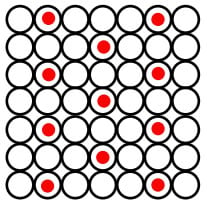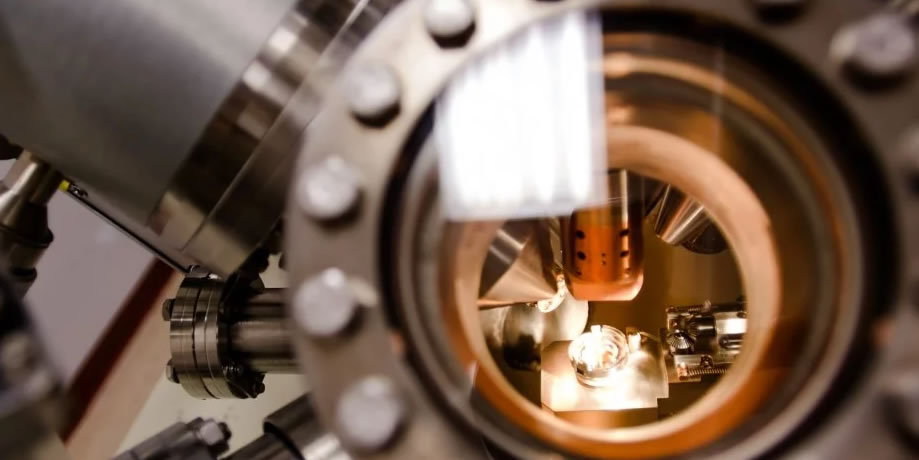3:35 p.m. update. I adjusted a switch position and it may be okay now. If you hear a rattle noise push the MV1 lever (airlock valve) closed tightly and let me know right away.
2:42 p.m. The pneumatic lock on the FESEM that holds the Exchange Door closed is not functioning properly. The chamber vacuum will drop when the door drifts open and may cause the beam to automatically shut off. Please keep an eye on the door to make sure it remains in the closed position (EVAC Light will be a solid green and SC Vacuum Light will be green), especially while imaging.
We are contacting Hitachi to get a replacement.
—Danielle Langdon
 Surface and Interface Science CH5665/MSE5665
Surface and Interface Science CH5665/MSE5665